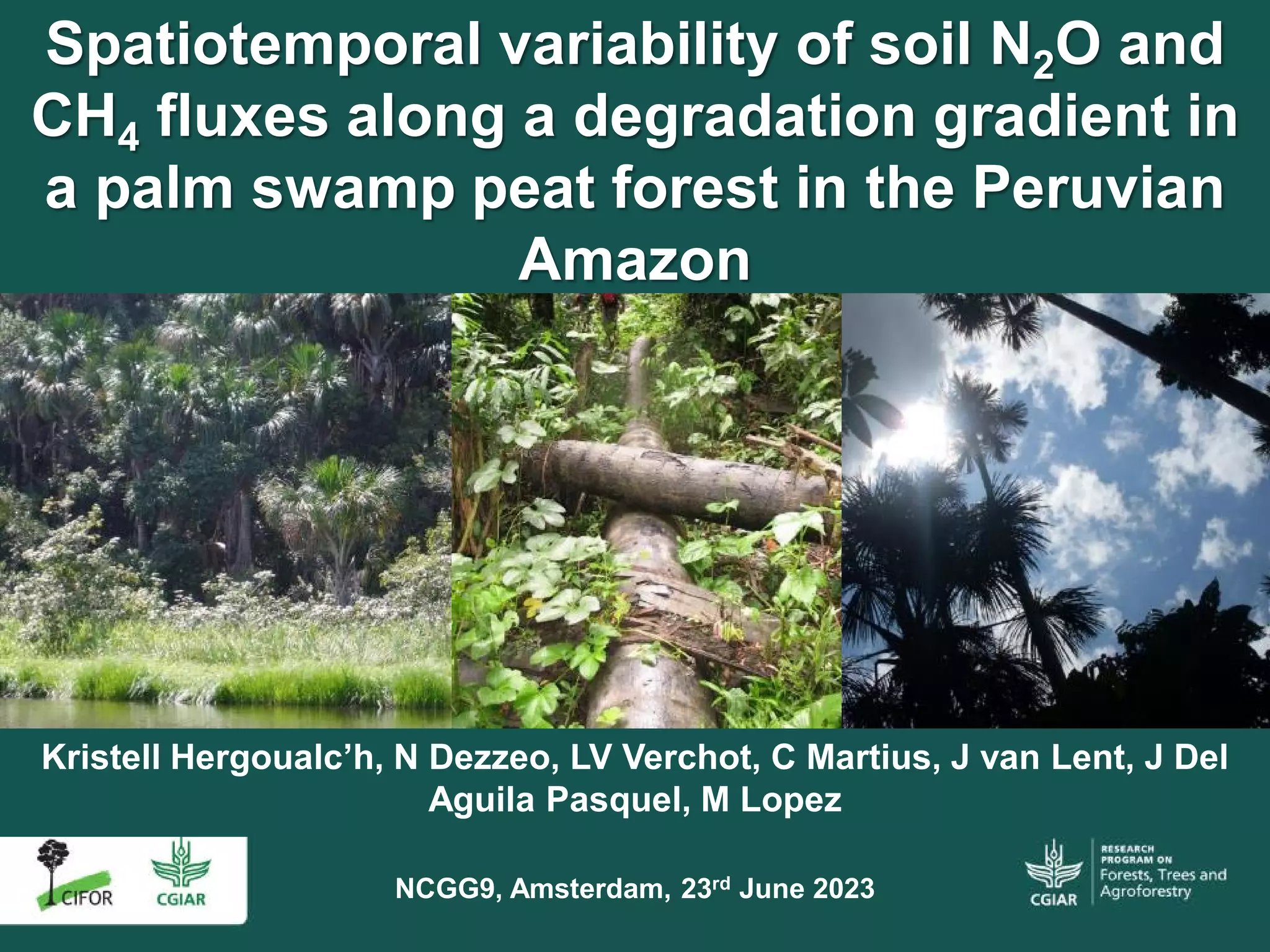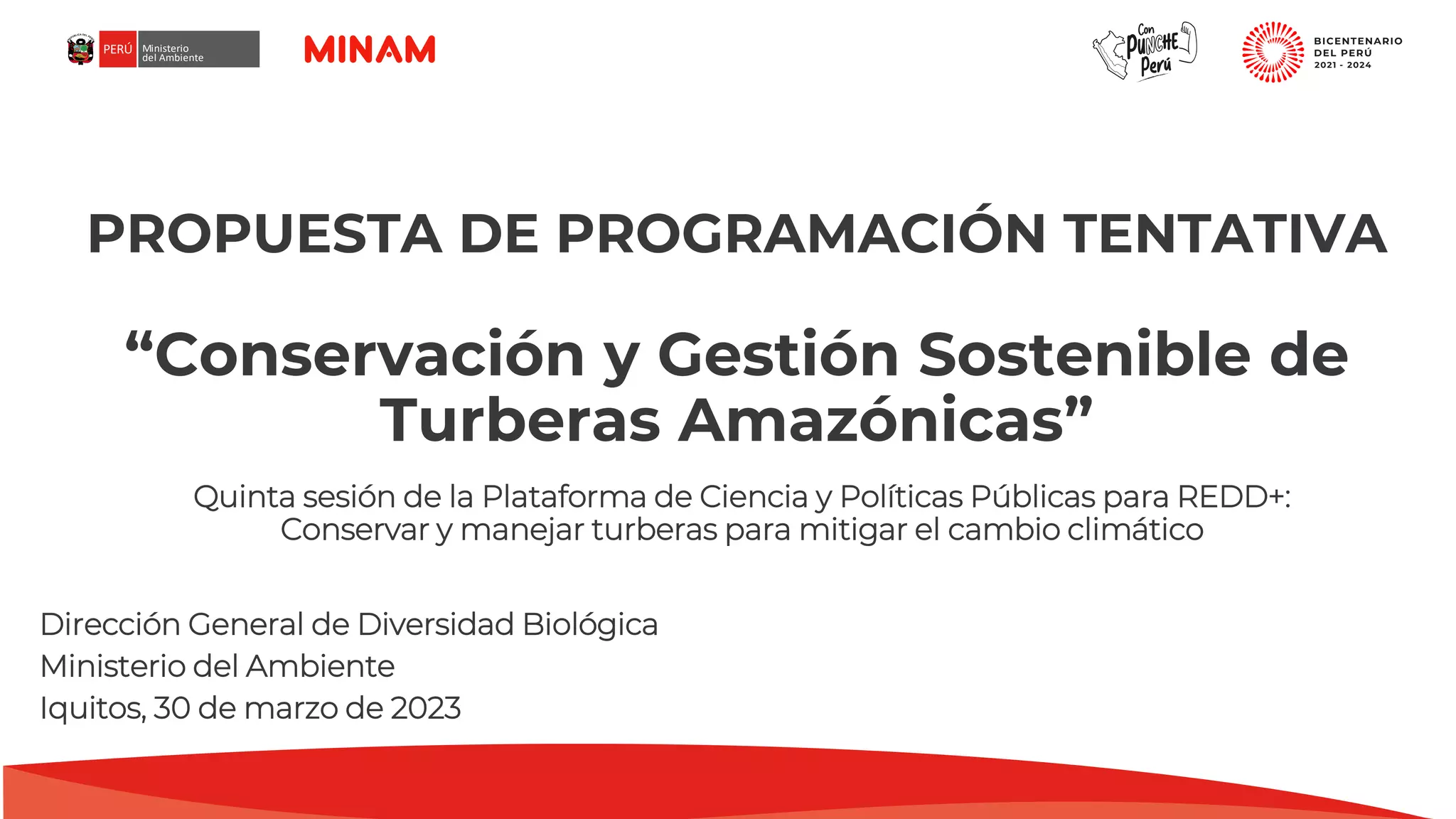
Background
A large proportion of the world’s tropical peatlands occur in Indonesia where rapid conversion and associated losses of carbon, biodiversity and ecosystem services have brought peatland management to the forefront of Indonesia's climate mitigation efforts. We evaluated peat volume from two commonly referenced maps of peat distribution and depth published by Wetlands International (WI) and the Indonesian Ministry of Agriculture (MoA), and used regionally specific values of carbon density to calculate carbon stocks.
Results
Peatland extent and volume published in the MoA maps are lower than those in the WI maps, resulting in lower estimates of carbon storage. We estimate Indonesia's total peat carbon store to be within 13.6 GtC (the low MoA map estimate) and 40.5 GtC (the high WI map estimate) with a best estimate of 28.1 GtC: the midpoint of medium carbon stock estimates derived from WI (30.8 GtC) and MoA (25.3 GtC) maps. This estimate is about half of previous assessments which used an assumed average value of peat thickness for all Indonesian peatlands, and revises the current global tropical peat carbon pool to 75 GtC. Yet, these results do not diminish the significance of Indonesia's peatlands, which store an estimated 30% more carbon than the biomass of all Indonesian forests. The largest discrepancy between maps is for the Papua province, which accounts for 62-71% of the overall differences in peat area, volume and carbon storage. According to the MoA map, 80% of Indonesian peatlands are <300 cm thick and thus vulnerable to conversion outside of protected areas according to environmental regulations. The carbon contained in these shallower peatlands is conservatively estimated to be 10.6 GtC, equivalent to 42% of Indonesia's total peat carbon and about 12 years of global emissions from land use change at current rates.
Conclusions
Considering the high uncertainties in peatland extent, volume and carbon storage revealed in this assessment of current maps, a systematic revision of Indonesia’s peat maps to produce a single geospatial reference that is universally accepted would improve national peat carbon storage estimates and greatly benefit carbon cycle research, land use management and spatial planning.

- Authors: Warren, M., Hergoualc'h, K., Kauffman, J.B., Murdiyarso, D., Kolka, R.
- Author Affiliation: Center for International Forestry Research
- Subjects: wetlands, peatlands, climate change, mitigation, carbon, emissions
- Publication type: Journal Article, Non-ISI
- Source: Carbon Balance and Management 12(1): 12
- Year: 2017
- DOI: https://doi.org/10.1186/s13021-017-0080-2

















